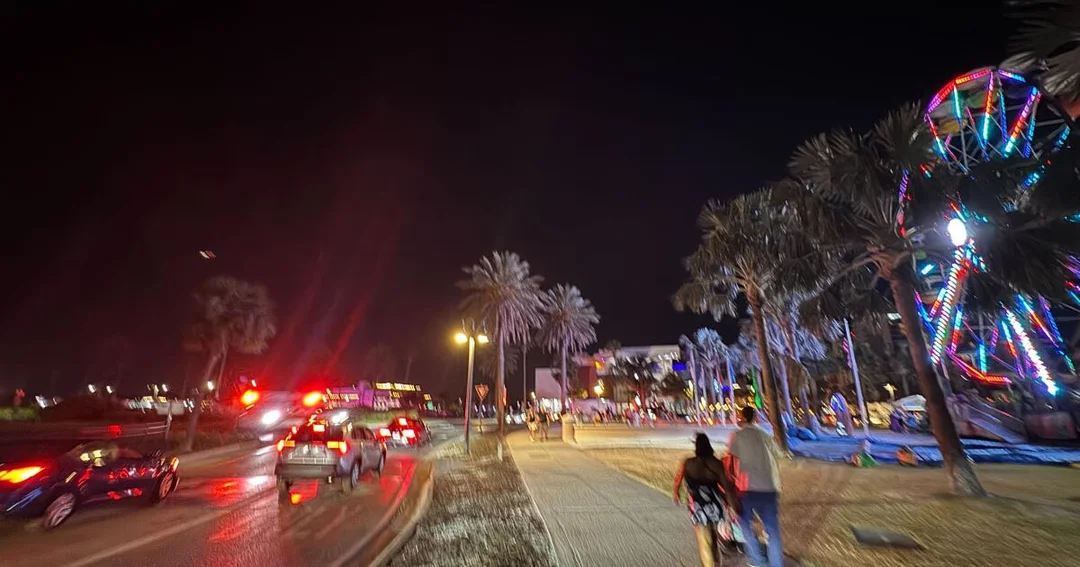
Florida’s Mysterious Ferry Collision: What Secrets Lie Beneath the Waves?
In a dramatic incident off the coast of Florida, a ferry carrying dozens of passengers was struck by another boat in a hit-and-run that has left authorities scrambling for answers. This event, unfolding near Clearwater's bustling Memorial Causeway Bridge, highlights growing concerns over maritime safety in popular tourist areas, where such accidents can disrupt lives and raise questions about accountability.
The chaos began when the Clearwater Ferry, loaded with over 40 passengers, was rammed by a fleeing vessel, triggering a "mass casualty incident" as declared by local emergency services. Reports from officials indicate that at least one person was killed, with several others sustaining serious injuries. Clearwater Police and Fire-Rescue teams responded swiftly, with helicopters airlifting the most critical cases to hospitals. Social media videos captured the pandemonium: flashing lights, emergency responders rushing to the scene, and the stranded ferry lodged on a sandbar south of the bridge. "All local hospitals have been alerted, and several trauma alerts have been called," stated Clearwater police in an official update, emphasizing the scale of the response.

Adding to the intrigue, the offending boat—a pleasure craft—fled the scene immediately after the collision, leaving investigators with more questions than answers. The U.S. Coast Guard and Florida Fish & Wildlife Conservation Commission are now leading the probe, searching for the vessel and its driver. This hit-and-run not only amplifies safety issues on heavily trafficked waterways like the Memorial Causeway Bridge, a vital link between Clearwater and its beaches, but also prompts comparisons to other maritime incidents. For instance, similar cases in Arizona and elsewhere have shown how speed and negligence can turn recreational outings into tragedies. Analysts point out that Florida's booming tourism industry, while economically beneficial, may be straining oversight of boating regulations, potentially contributing to such events.
Key details from the scene reveal a coordinated evacuation effort, with all passengers safely removed from the ferry and no one reported missing. Yet, the lack of immediate information on the fleeing boat's registration or motive fuels speculation. Was it a deliberate act, or a panicked escape? This incident underscores the need for stricter enforcement and public awareness, as experts warn that crowded waterways increase collision risks. Tragically, this event echoes broader patterns in U.S. boating accidents, where hit-and-runs often complicate investigations and delay justice for victims.

In summary, this Florida ferry collision serves as a stark reminder of the vulnerabilities in our waterways and the human cost of negligence. What measures will authorities implement to prevent future incidents? As the investigation unfolds, it's clear that safer boating practices are essential. We invite readers to share their thoughts: Have you witnessed similar events, or do you have ideas on improving maritime safety? Leave a comment below and help spread awareness by sharing this story.